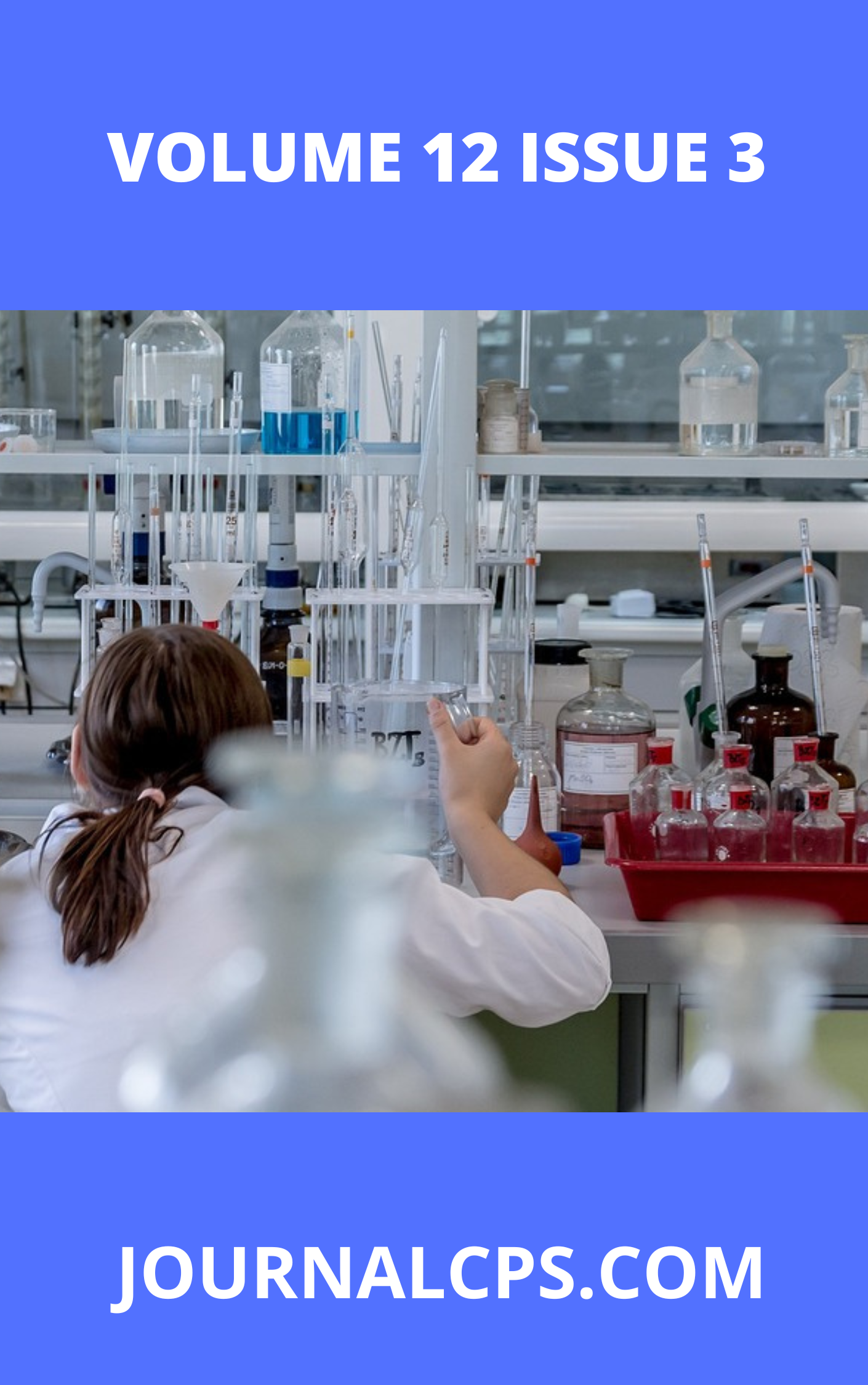Antimicrobial Properties of 9, 12-Octadecadienoic Acid Isolated from Leaf Extracts of Acalypha Fimbriata (Euphorbiaceae)
Keywords:
Acalypha fimbriata, Euphorbiaceae, Linoleic acid, Antimicrobial, Medicinal plantsAbstract
Linoleic acid is an essential polyunsaturated fatty acid found in natural substances with numerous interesting biological and nutritional properties. Acalypha fimbriata is one of the well spread species of the Acalypha genus that is used for centuries as medicinal herb. There is however limited scientific work on this plant. The aim of the present study is to isolate and characterized bioactive compounds from the leaves of Acalypha fimbriata. The powdered leaves (650g) were extracted sequentially with n-hexane, ethyl acetate and methanol via maceration to obtain n-hexane, ethyl acetate and methanol extract respectively. The ethyl acetate extract was pre-adsorbed on celite and then subjected to repeated column chromatography over silica gel G. The fractionation and purification process resulted to a pure sample which was coded, AFE4. The structural elucidation was done via Nuclear Magnetic Resonance (NMR) and High Resolution – Liquid Mass Spectrometry (LC-HRMS). The antimicrobial study of the isolated compound was done. Based on the NMR (1H and 13C- DEPT) spectroscopic and LC-HRMS data, the isolated compound was identified as 9, 12-octadecadienoic acid (Linoleic acid) [C18H32O2; Mol. Wt = 280]. The compound showed a significant broad spectrum of antimicrobial activity against the test organisms- Staphylococcus aureus, Streptococcus pyogenes, Escherichia coli, Salmonella typhi, Candida albicans and Aspergillus niger with zones of inhibition ranging from 0 – 20 mm. Statistical analysis showed there were significant differences (p<0.05) in antimicrobial effects among the various concentrations of the isolated compound and the standard drugs against the test organisms. The observed antimicrobial action of A. fimbriata as reported in literature could be linked to the presence of linoleic acid.
Downloads
Published
Issue
Section
Similar Articles
- G. U. Kaior, N. J. Nwodo, U. S. Oruma, A. Ibezim, A. E. Ochonogor, K. K. Onyia, Nnamdi L. Obasi, Structural, Antimicrobial and in Silico Studies of Some Schiff Bases of Trans-paramethoxycinnamaldehyde Derivatives , Communication In Physical Sciences: Vol. 5 No. 4 (2020): VOLUME 5 ISSUE 4
- Uduak Aletan, Elijah Adetola, Ahmed Abudullahi, Olayinka Onifade, Hadiza Kwazo Adamu, Phytochemical analysis, invitro antioxidant activity and GC-MS studies of crude extracts of Cissus populnea stem , Communication In Physical Sciences: Vol. 8 No. 4 (2022): VOLUME 8 ISSUE 4
- Godwin Enin, GC-MS Profiling of Bioactive Compounds in Methanol Extracts of Spices Used in Ibibio Postpartum Healthcare , Communication In Physical Sciences: Vol. 12 No. 4 (2025): VOLUME1 2 ISSUE 4
- Akens Hamilton-Amachree , Ngozi M. Uzoekwe, Phytoconstitution and Antimicrobial Activity of Costus Lucanusianus Floral Volatile Extract , Communication In Physical Sciences: Vol. 9 No. 1 (2023): VOLUME 9 ISSUE 1
- L. I. Ibrahim, A. Abdulazzez, A. Usman, U. M. Badeggi, A. I. Muhammad, Comparative Study of the Medicinal Values of Indigoferatinctoria and Gossypium Hirsutum , Communication In Physical Sciences: Vol. 7 No. 4 (2021): VOLUME 7 ISSUE 4
- Musa Runde, Preliminary Screening of Medicinal plants in Nigeria for Phytochemicals and Essential Oils Constituents , Communication In Physical Sciences: Vol. 6 No. 1 (2020): VOLUME 6 ISSUE 1
- O.V. Ikpeazu, Ifeanyi E.Otuokere, K.K.Igwe, Gas Chromatography–Mass Spectrometric Analysis of Bioactive Compounds Present in Ethanol Extract of Combretum hispidum (Laws) (Combretaceae) Root , Communication In Physical Sciences: Vol. 5 No. 3 (2020): VOLUME 5 ISSUE 3
- Dr Fatai Afolabi, Mr Ismaila Jide Olawale, Professor Sunday 0. 0ladoye, Physicochemical, Phytochemical and Gas Chromatography- Mass Spectrometric Analyses of Gmelina Arborea Root Hexane Extract , Communication In Physical Sciences: Vol. 12 No. 6 (2025): Volume 12 ISSUE 6
- Imaobong Ekwere Daniel, Chemical Profiling, Antioxidant and Antimicrobial Activity of Cinnamomum Tamala (Indian Bay Leaf) Extract , Communication In Physical Sciences: Vol. 12 No. 3 (2025): VOLUME 12 ISSUE 3
- Salihu Takuma, Siaka Abdulfatai Adabara, Kamal Suleiman Kabo, Gas Chromatography-Mass Spectrometry (GC-MS) Analysis of Some Plants Extract , Communication In Physical Sciences: Vol. 12 No. 2 (2025): VOLUME 12 ISSUE 2
You may also start an advanced similarity search for this article.




